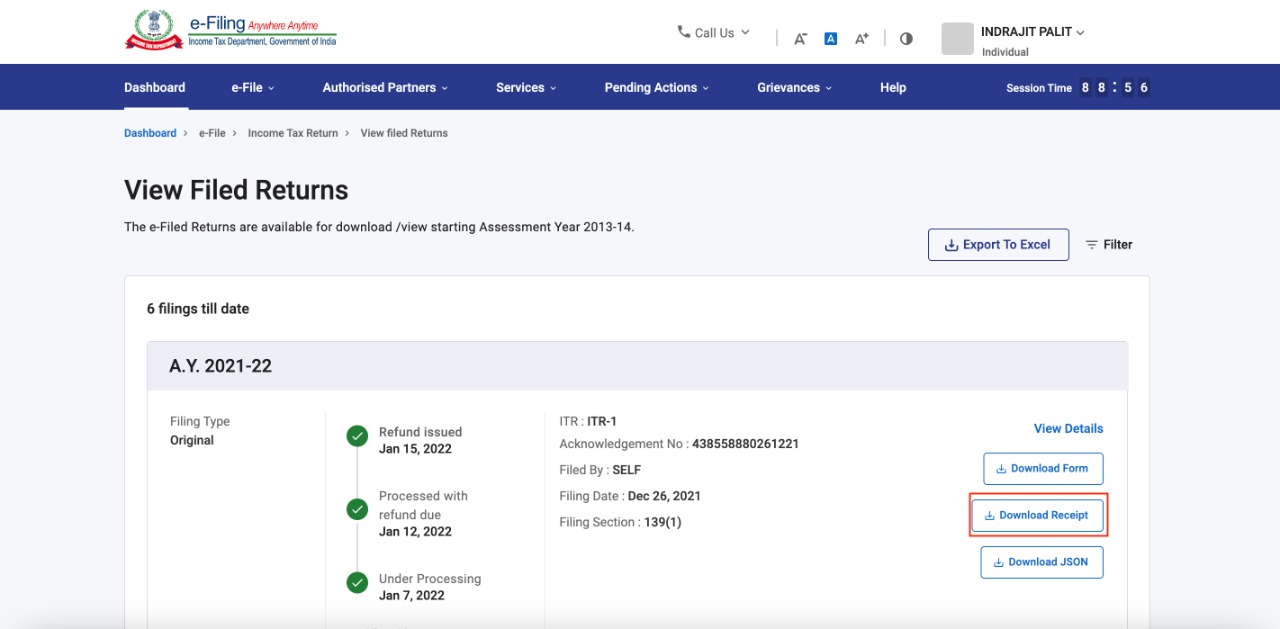How to pick the right ETF to invest in?
Before we come to how to pick the right ETF to invest in, we will first answer the question- what is an ETF? ETFs stand for exchange-traded funds. An exchange-traded fund is a collection of many stocks/bonds that are traded under one fund, very similar to mutual funds. However, it is important to understand the ETFs vs. mutual funds difference. Unlike mutual funds, ETFs are traded on the US stock exchanges with real-time pricing, just like a stock.
If you are a beginner investor investing in the US stock markets, you may not have the expertise to pick individual stocks to invest in. Here is where ETFs come in. ETFs help you build a diversified portfolio in a cost-efficient manner. In this blog, we will look at the factors you need to consider when choosing an ETF.
Your investment focus
To begin with, you need to determine your investment focus. You need to decide on an asset class like shares, bonds, or commodities. This will depend on your investment objectives, risk appetite, and asset allocation. For example, if you want a US portfolio that has 70% stocks and 30% debt, you will accordingly choose equity ETFs and bond ETFs to invest in.
The underlying benchmark
ETFs track a particular index, sector, commodity, asset, or theme. Once you have decided on the asset class, you need to decide the underlying benchmark. This may be based on your diversification strategy. For example, if you want to invest in equities and want exposure to stocks in the Nasdaq-100, the Invesco QQQ ETF may be for you. You may also invest in certain themes through thematic ETFs. For example, the Global X Robotics & Artificial Intelligence ETF gives you exposure to companies in the developed markets that are involved in the development of robotics and artificial intelligence. If you want to invest in leading Chinese technology companies like Tencent Holdings Ltd. and Baidu Inc., you may choose the Invesco China Technology ETF.
Trading volumes
As we have seen, unlike a mutual fund, you can trade an ETF at a stock exchange. So, it is important to check if the ETF’s volumes are sufficient on a daily basis. The higher the trading volume, the higher the liquidity. If you look at popular ETFs like the Invesco QQQ, their trading volumes would be millions of shares daily. On the other hand, an ETF that invests in small-cap stocks may have lower trading volumes. Higher liquidity means that you would not face any hurdles buying/selling those ETFs.
Cost structure
ETFs are more cost-efficient than actively managed funds. Even then, the costs may vary between different ETFs. To assess the cost of an ETF you may look at the Total Expense Ratio (TER). When comparing similar ETFs, one with a lower TER would save you fee costs. Actively managed ETFs would have a higher TER.
Tracking error
Tracking error refers to the difference between actual returns of the ETF and the returns of the underlying benchmark index it tracks. Everything else being equal, an ETF that has a lower tracking error gives a better performance. Actively managed ETFs tend to have a higher tracking error because their allocation is changing more frequently than passive ETFs.
When choosing an ETF, pick one that fits well into your portfolio and helps you achieve your investment goals.
